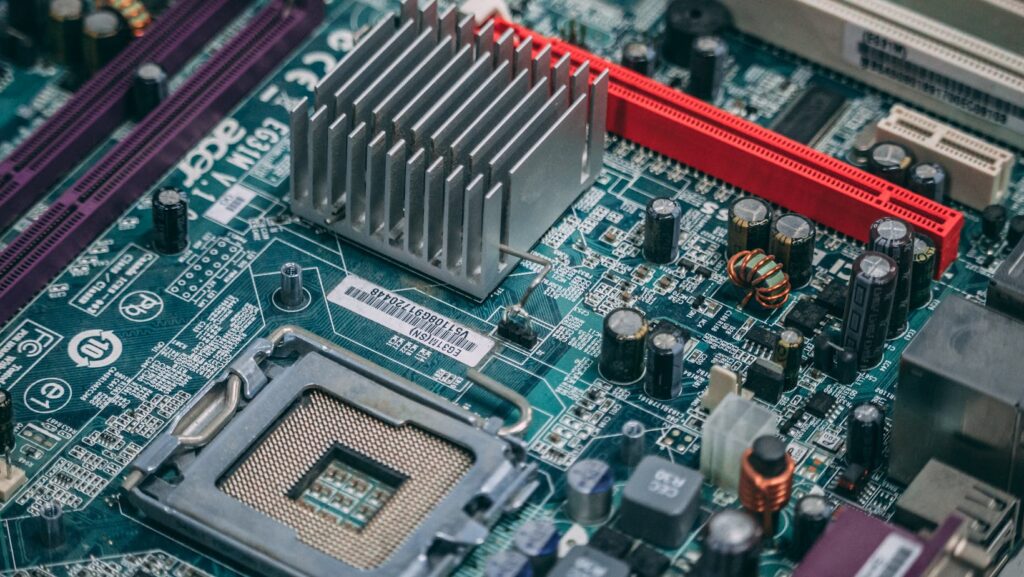When it comes to navigating the ever-evolving landscape of technology, understanding and mitigating risks is crucial. In today’s digital age, organizations rely heavily on technology to drive their operations, making technology risk management a top priority. By proactively identifying and addressing potential vulnerabilities, you can safeguard your data, systems, and overall business continuity.
Effective technology risk management involves staying ahead of cyber threats, ensuring compliance with regulations, and implementing robust security measures. By assessing risks and developing strategies to mitigate them, you can enhance your organization’s resilience in the face of technological challenges. Stay tuned as we delve deeper into the world of technology risk management and explore best practices to protect your digital assets.

Technology Risk Management
What Is Technology Risk Management?
Technology risk management refers to the process of identifying, assessing, and mitigating risks that can affect an organization’s information technology systems, data, and operations. It involves evaluating potential threats and vulnerabilities to proactively protect digital assets and ensure business continuity. By implementing effective risk management practices, you can safeguard against cyber-attacks, data breaches, system failures, and other technology-related risks.
Importance in Today’s Digital Landscape
In today’s digital landscape, where businesses heavily rely on technology for their day-to-day operations, technology risk management plays a crucial role in ensuring the security and stability of organizational systems. The increasing interconnectedness of networks and the rise of sophisticated cyber threats make it imperative for companies to prioritize risk management efforts. By identifying and addressing vulnerabilities in a timely manner, organizations can prevent costly downtime, reputational damage, and legal consequences that may result from security incidents. Effective technology risk management not only protects valuable assets but also enhances overall operational resilience in the face of evolving cybersecurity challenges.

Key Components of Effective Technology Risk Management
Identifying and Assessing Technology Risks
When managing technology risks, the first step is to identify potential threats and vulnerabilities within your digital infrastructure. By conducting thorough risk assessments, you can pinpoint areas of weakness that could expose your organization to cyber threats, data breaches, or system failures. It involves analyzing your systems, networks, and processes to determine the likelihood of risks materializing and the impact they may have on your operations. Understanding these risks is crucial for developing targeted mitigation strategies and safeguarding your digital assets.
Implementing Risk Mitigation Strategies
Once you have identified and assessed the technology risks, the next vital component is implementing effective risk mitigation strategies. This involves developing and deploying measures to reduce the likelihood of risks occurring or minimize their impact if they manifest. Common mitigation strategies include implementing robust cybersecurity protocols, establishing data backup procedures, and enhancing system redundancy. By proactively addressing potential threats, you enhance your organization’s resilience and minimize the potential damage caused by unforeseen events.
Continuous Monitoring and Evaluation
Technology risk management is not a one-time activity but a continuous process that requires constant monitoring and evaluation. Regularly monitoring your systems and networks allows you to detect anomalies or potential security breaches promptly. By evaluating the effectiveness of your risk mitigation measures on an ongoing basis, you can adapt to emerging threats and ensure that your defenses remain robust. Continuous monitoring and evaluation enable you to stay ahead of evolving cybersecurity risks and maintain proactive risk management practices within your organization.
Managing technology risks is crucial for protecting your digital assets and ensuring uninterrupted business operations. By proactively identifying and addressing vulnerabilities, implementing robust cybersecurity measures, and continuously monitoring for potential threats, you can strengthen your organization’s resilience against cyber threats. Remember, staying vigilant and responsive to emerging risks is key to safeguarding your business in today’s rapidly evolving digital landscape. Prioritizing technology risk management will not only protect your organization from potential disruptions but also enhance its overall cybersecurity posture. Stay proactive, stay secure.
